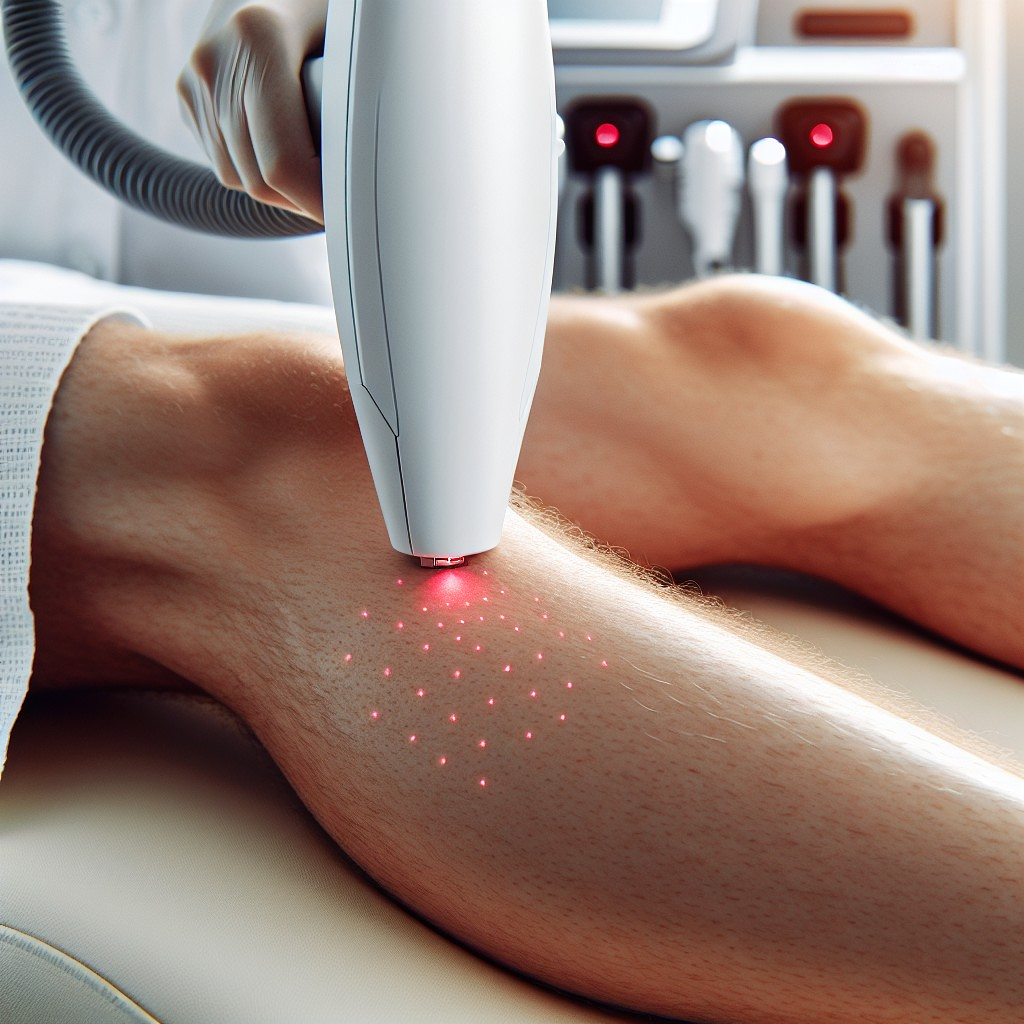Menu
Diode Laser Hair Removal Machines
Diode lasers have become a cornerstone technology in the field of aesthetic medicine, particularly for hair removal. Their efficacy and safety stem from their unique design and the properties of the light they emit. A diode laser is a solid-state device that utilizes semiconductor diodes as the source of laser light. The light produced is typically in the near-infrared spectrum, often around 800 to 810 nanometers, which is particularly effective for targeting the melanin found in hair follicles.
Mechanism of Action
The principle behind laser hair removal is known as selective photothermolysis. This process relies on the absorption of laser light by specific chromophores—in this case, the melanin in hair follicles. When the diode laser is applied to the skin, it emits pulses of light that penetrate the skin and are absorbed by the melanin in the hair shafts and follicles. The energy absorbed converts to heat, which then raises the temperature of the hair follicle.
As the follicle temperature rises, it reaches a threshold that causes thermal damage. This damage effectively impairs the follicle's ability to grow new hair, leading to long-term hair reduction. The precision of the diode laser is pivotal because it targets the hair without significantly affecting the surrounding skin. The laser's wavelength is specifically chosen to maximize absorption by the melanin, thus enhancing the process's efficiency while minimizing the risk of injury to adjacent tissues.
Advantages of Diode Lasers
Diode laser hair removal machines offer several advantages over other types of lasers. First, their longer wavelength penetrates more deeply into the skin, making them suitable for a variety of skin types, including darker skin tones. Unlike other lasers, which may be limited in their effectiveness on darker skin due to higher melanin levels in the skin itself, diode lasers can effectively target hair follicles while sparing surrounding skin tissue.
Another key feature of diode lasers is their ability to deliver a larger spot size. This allows for quicker treatment times since a wider area can be treated in a shorter period. Additionally, advanced diode lasers often include cooling systems that protect the epidermis and enhance patient comfort during the procedure.

Clinical Applications
Diode lasers are employed in both commercial clinics and medical settings for hair removal. Treatment typically involves multiple sessions, as hair grows in cycles, and only hair in the anagen (growth) phase is effectively treated. Clinicians assess hair type, skin type, and other individual factors to tailor the treatment protocol, optimizing the balance between effectiveness and safety.
Safety and Efficacy: Laser Hair Removal Diode
Studies have shown that diode laser hair removal is both safe and effective for permanent hair reduction. The risk of adverse effects is minimized when trained professionals conduct the procedure. Common side effects such as erythema or mild swelling typically resolve quickly. Furthermore, diode lasers can effectively treat larger areas of the body, such as the back, legs, and arms, making them a popular choice for many patients.
In summary, diode lasers represent a sophisticated and effective solution for hair removal, combining optimal safety and efficacy through the principles of selective photothermolysis. Their ability to efficiently target melanin while sparing surrounding tissues, coupled with their versatile applications across skin types, makes diode lasers a preferred choice in aesthetic practices. As technology continues to advance, ongoing research aims to enhance the precision and effectiveness of laser hair removal, promising even better outcomes for patients in the future.
